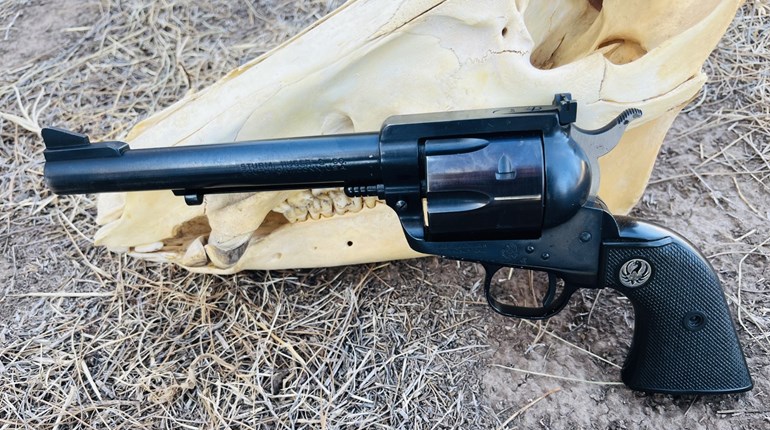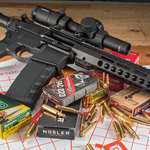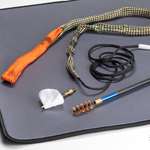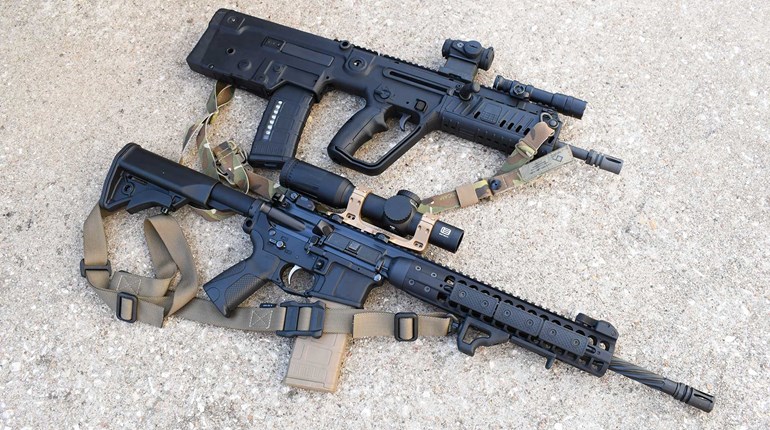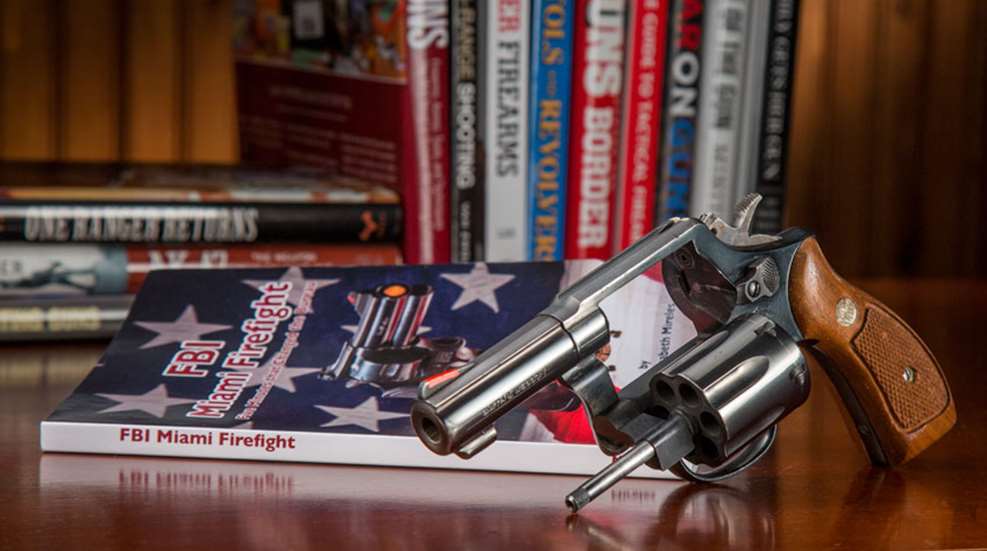
Studying gunfights of the past allows concealed-carry licensees to prepare for the ever-changing dynamics of a life-threatening encounter in ways that practicing on a typical square range cannot.
On April 11, 1986, FBI agents were engaged in a gunfight that has been studied nearly as much as the OK Corral fight in Arizona. On this date, eight federal agents shot it out with two violent criminals. Both suspects were killed, while two FBI agents lost their lives and five others were wounded.
Briefly, this team of agents was patrolling in what was then known as Dade County, FL, area looking for a team of miscreants suspected of responsibility for a number of armed robberies and murder. Upon spotting the suspects’ vehicle, agents rammed the car and forced it off the street. A gunfight then ensued, with one of the suspects doing deadly work with a .223 Rem.-caliber carbine. Three of the agents responded with 9 mm semi-autos, five with Smith & Wesson revolvers chambered in .38 Spl. and .357 Mag. and at least one 12-gauge shotgun was deployed during the firefight.
The most informative version of this fight is found in the book, “The FBI Miami Firefight: Five Minutes That Changed the Bureau,” by participating FBI Special Agent Edmundo Mireles. The case is still a subject of study in many law-enforcement academies. It has been estimated that 145 shots were fired in about 5 minutes.
While this shooting has become a case study for law enforcement, it can also be educational for the armed citizen. But, before going further, while I am pointing out some of the mistakes that were made, I want to make it clear that I am not criticizing the officers who were involved. Anyone who has been involved in a violent confrontation can tell you that, at best, it is chaos. Things happen, and Murphy’s Law is nearly always enforced.
Just prior to ramming the suspect vehicle, one of the agents had taken his revolver out of the holster and stuck it under his thigh. However, when the vehicle impact occurred, his handgun went flying and he couldn’t find it. He ended up engaging with his 2-inch-barreled backup revolver.
The armed citizen who may be faced with his vehicle being rammed during a carjacking or robbery might think that getting his handgun out from under his covering garment and seat belt ahead of time might be a good idea. However, anyone who has been in a car wreck knows that everything goes flying. The solution is to give serious thought to where you carry your gun. Appendix carry, crossdraw or a shoulder holster would make more sense than sticking the gun under the thigh.
Anyone who has been involved in a violent confrontation can tell you that, at best, it is chaos.
Another agent involved in the impact lost his glasses. This is an issue that is rarely discussed when talking about violent confrontations. And, yet, violent confrontations often become physical. The armed citizen who wears corrective lenses should give serious thought to how to protect them during an attack. An optometrist can offer several solutions that have been developed for athletes who need to wear sturdy glasses while competing.
Another agent, armed with a 9 mm semi-auto, had his pistol disabled by rifle fire. This is not an uncommon occurrence due to the fact that people will often shoot at the gun because they see it as the threat and that is what they are focused on. The citizen can suddenly be out of the fight—a fight that is still going on. Carrying a backup gun, or having another nearby, might not be a bad idea.
Studying this particular gunfight really brings home the fact that things don’t happen in real life like they do on the square range. And, focusing all of our effort on being good on the square range, against paper silhouettes, may give a false sense of confidence. Gunfights are dynamic events and often quite physical events. It is important to realize that being a good, fast shot is only part of the equation. The armed citizen must learn how to fight and how to survive when things get physical up close and personal.
Finally, the last example for the armed citizen that I want to discuss is the agent who wrote the book I mentioned at the beginning of this column. Early on in the fight, Mireles received a bullet wound to his left arm that just about shredded his forearm. He also was hit with a bullet fragment in his hairline, causing blood to run down his face. In spite of this, Mireles took cover and began to run a 12-gauge, pump-action shotgun. He was cycling the action and firing the gun with one hand, which I’ll bet wasn’t taught at the FBI Academy. He just figured it out on his own, in the heat of the battle. Once the shotgun ran dry, Mireles rose and approached the two suspects with his service revolver, delivering the shots that finished the fight.
The lessons that this gunfight teaches to the armed citizen are the need to learn to fight and to understand and expect adverse conditions. Similarly, the lesson that Ed Mireles teaches us is to never give up. We fight until we are dead or the fight is over, but we never give up.













